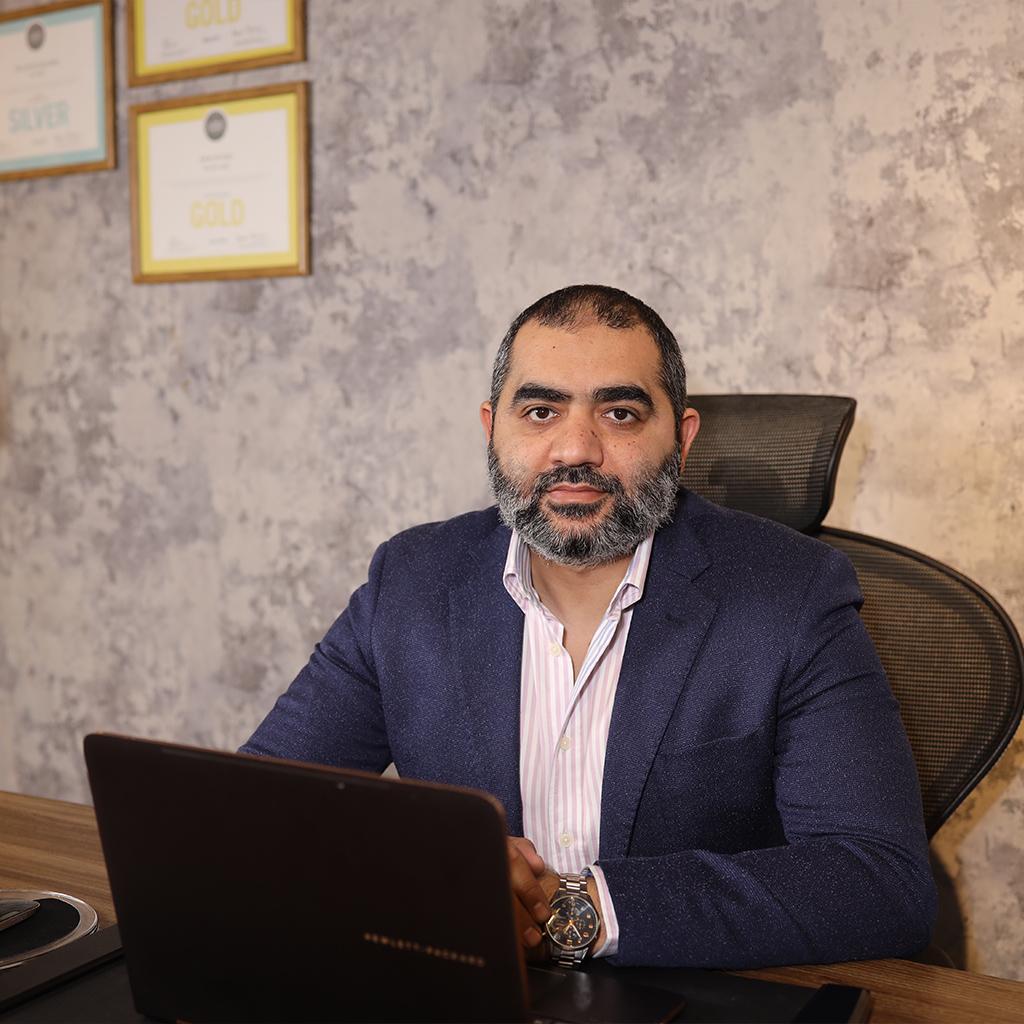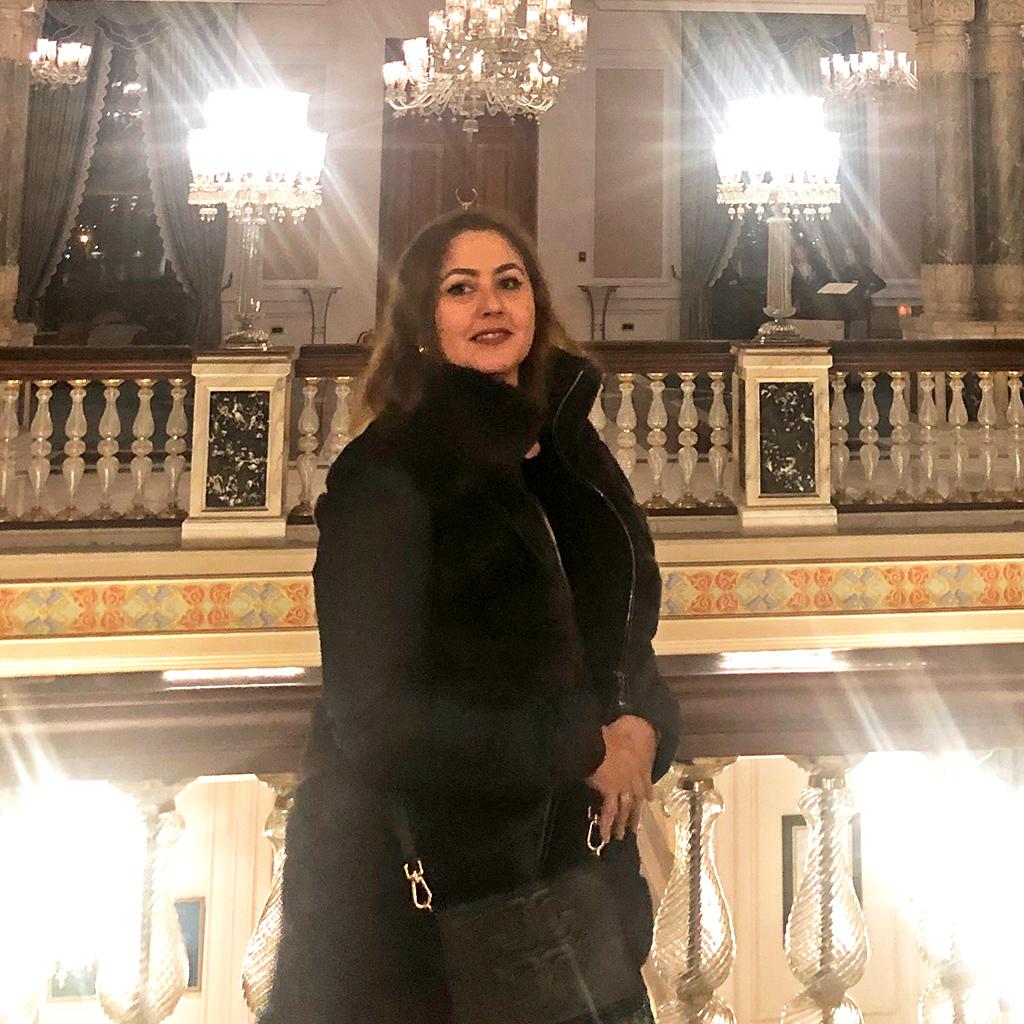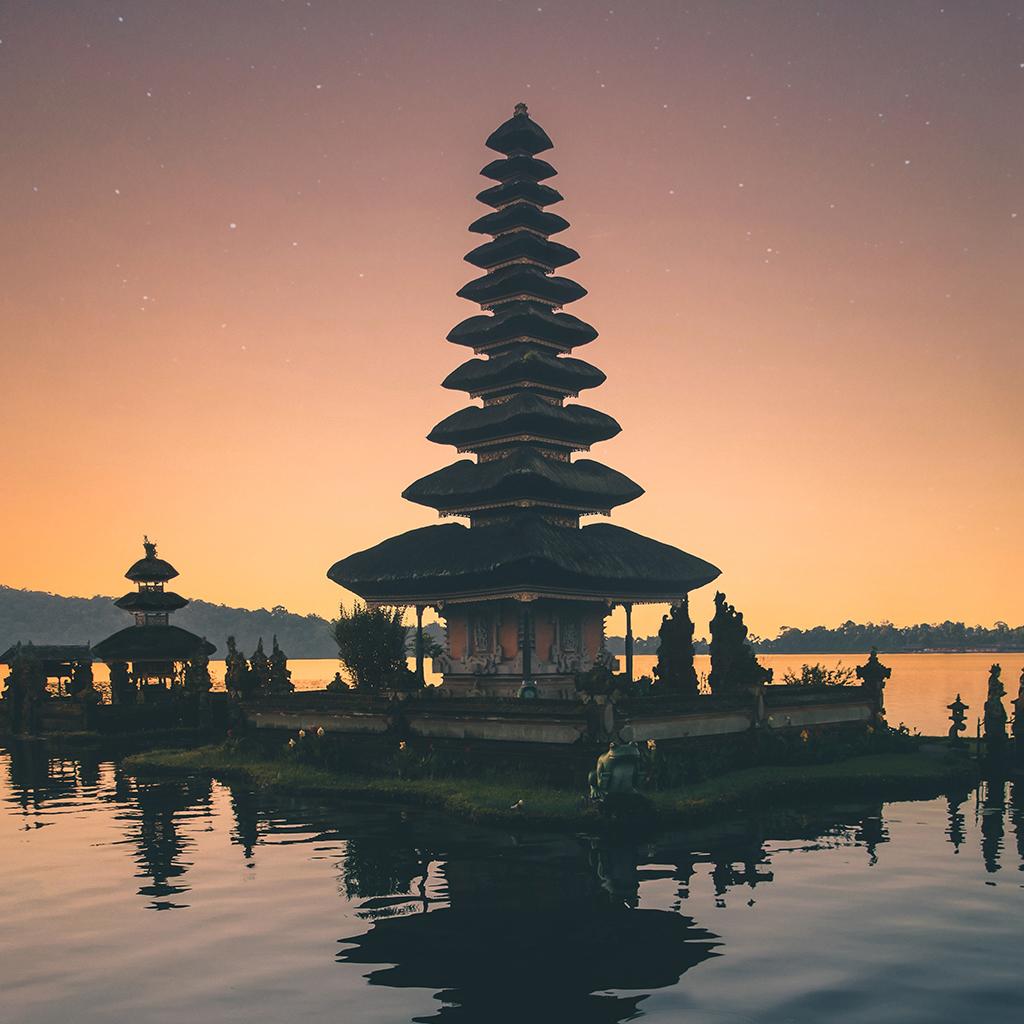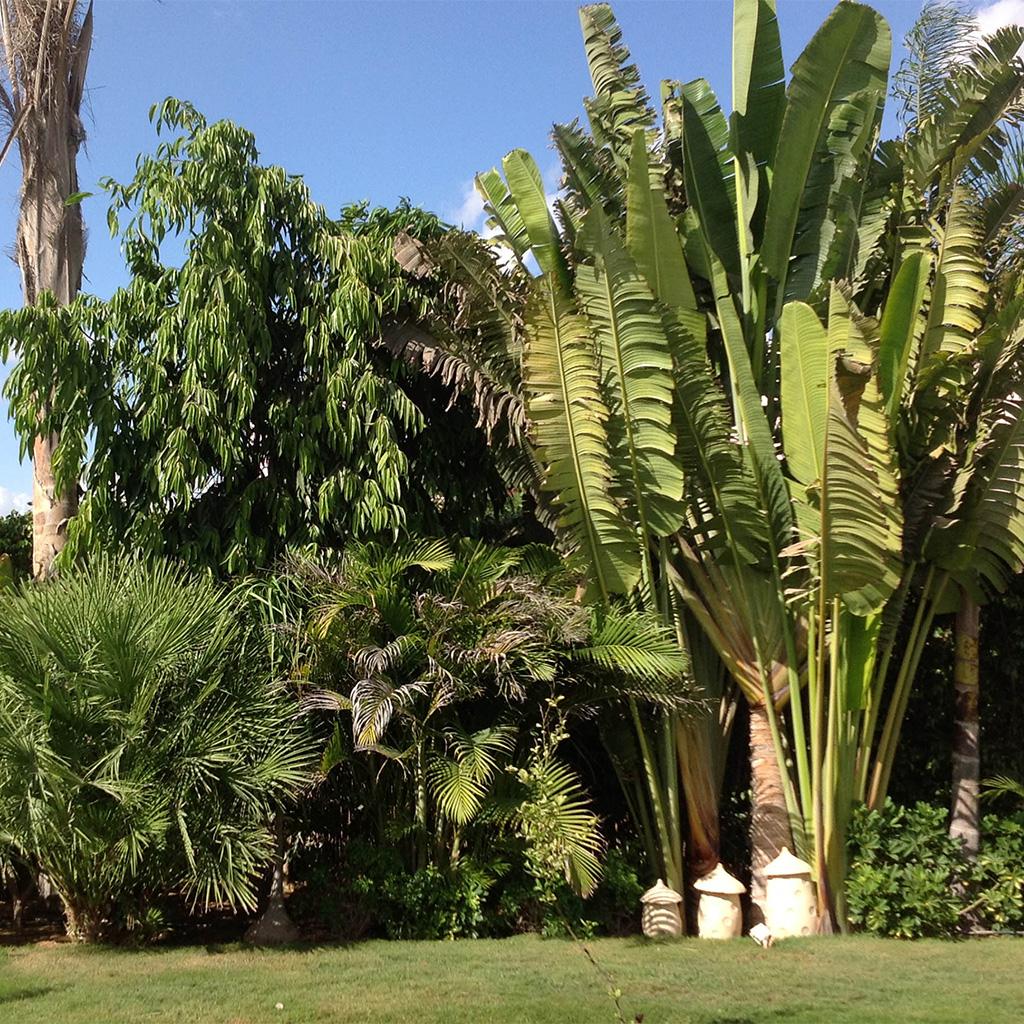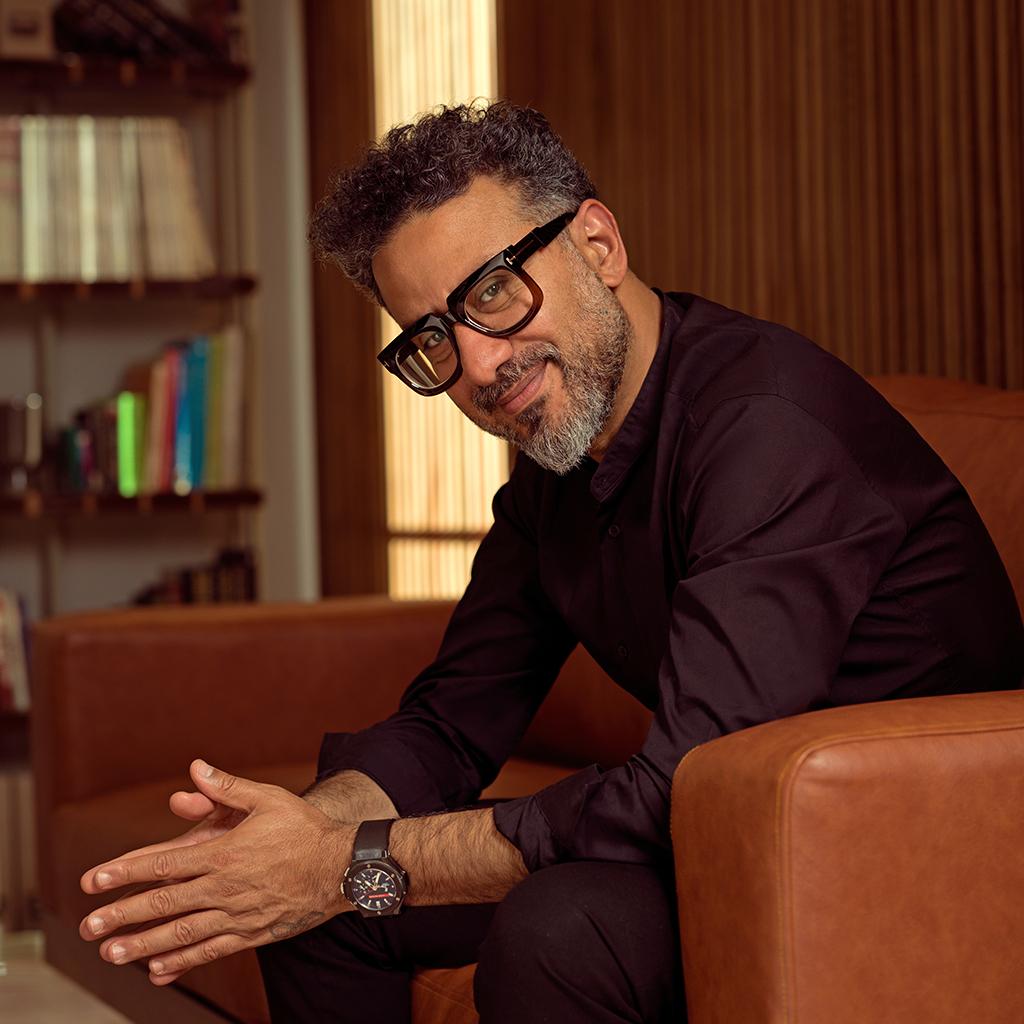
Date: 2021-09-01
In such a highly-detailed world like that of production design, creative powerhouse designers need to employ all the visual art tools possible to deliver their message successfully. Known for his auspicious repertoire and versatility, the award-winning art director and production designer Mohamed Attia designed the visual aspects of one of the world’s most talked-about events of the year, The Pharaoh’s Golden Parade, along with the relocation process of the Pharaoh Khufu’s intact solar boat.
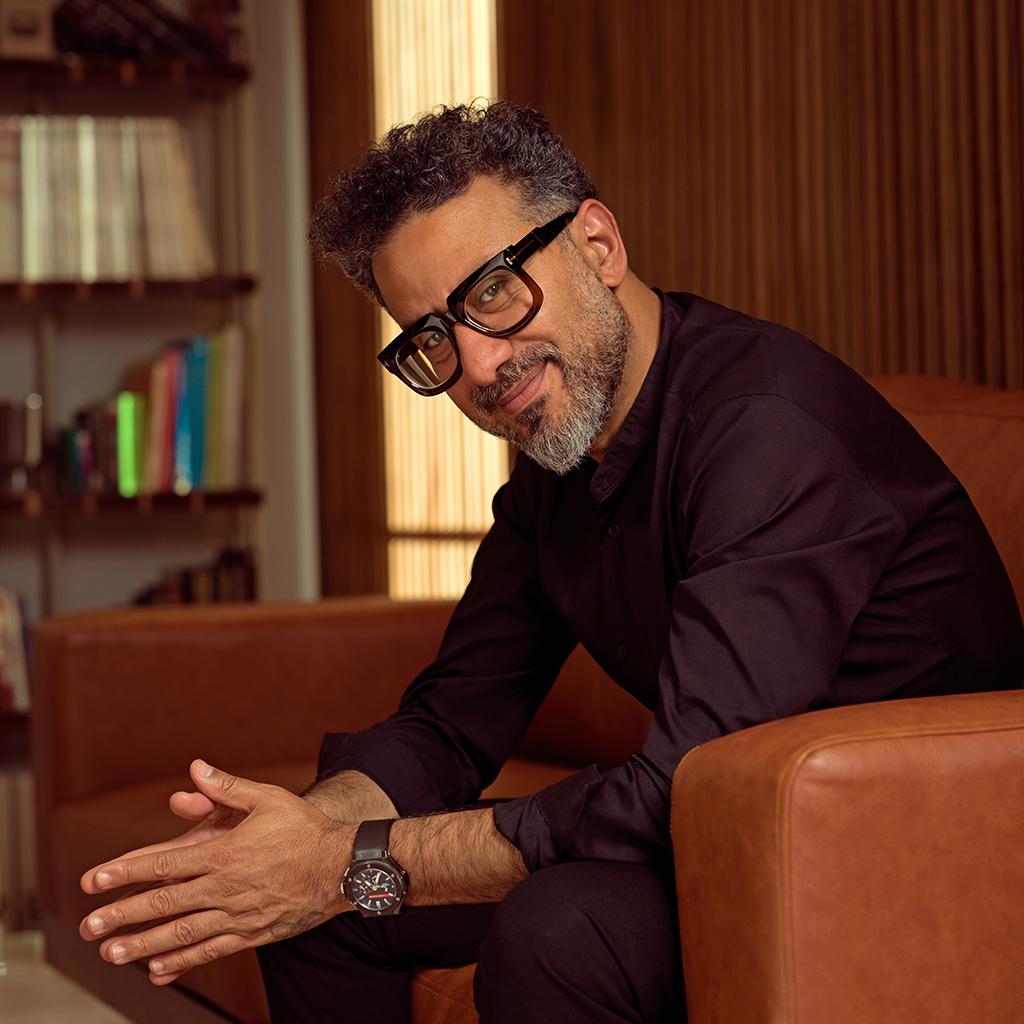
In such a highly-detailed world like that of production design, creative powerhouse designers need to employ all the visual art tools possible to deliver their message successfully. Known for his auspicious repertoire and versatility, the award-winning art director and production designer Mohamed Attia designed the visual aspects of one of the world’s most talked-about events of the year, The Pharaoh’s Golden Parade, along with the relocation process of the Pharaoh Khufu’s intact solar boat.
Mohamed Attia has established a prominent name in the entertainment industry across Egypt and the Arab region. His credits include some of the Arab world’s blockbusters and prestigious festivals that propelled his name to be the art director and production designer behind the glorious and unprecedented golden parade.
Furthermore, he oversaw the production design process for the relocation process of the Pharaoh Khufu intact solar boat that moved from its old location at the Giza Pyramids to its new resting place at the Grand Egyptian Museum. On a smart vehicle crossing the streets of Giza, the oldest wooden artifact in history, King Khufu’s boat, discovered in 1954, was transported during a 10-hour journey. The smart vehicle carrying the boat carried the dazzling and innovative Pharaonic-themed designs and props made by the one and only Mohamed Attia along with his highly competent team.
Almost two years ago, Attia’s mission to supervise, along with his team, the production design of the Pharaoh’s golden parade started. Back then, he had to come up with the right design that would deliver his feelings of gratitude and pride of belonging to a nation that has rich history and culture, including the Pharaonic culture. Also, there was another challenge ahead; he had to use a new different design style to build a bridge between the ancient history and the modern era to imply that ancient and modern Egyptians are all together united. “Throughout the design phase, we have faced many challenges to keep the design style contemporary and ancient at the same time,” he said.
In order to visualize the event and identify the design style for sets, locations and props he had to conduct massive and detailed planning and research before identifying the design style for the pharaoh’s parade. “We have carried out intensive scientific research to know more about: the history of the 22 royal kings and queens, the 17th dynasty through the 20th one, the life after death, the burial rites, the funeral parade that moved the mummies back in ancient times...etc. The design of the vehicles that moved the golden parade was inspired by the ancient boat that carried the mummies in ancient history. We also searched about the process of moving the mummies and how to keep them safe,” he explained.
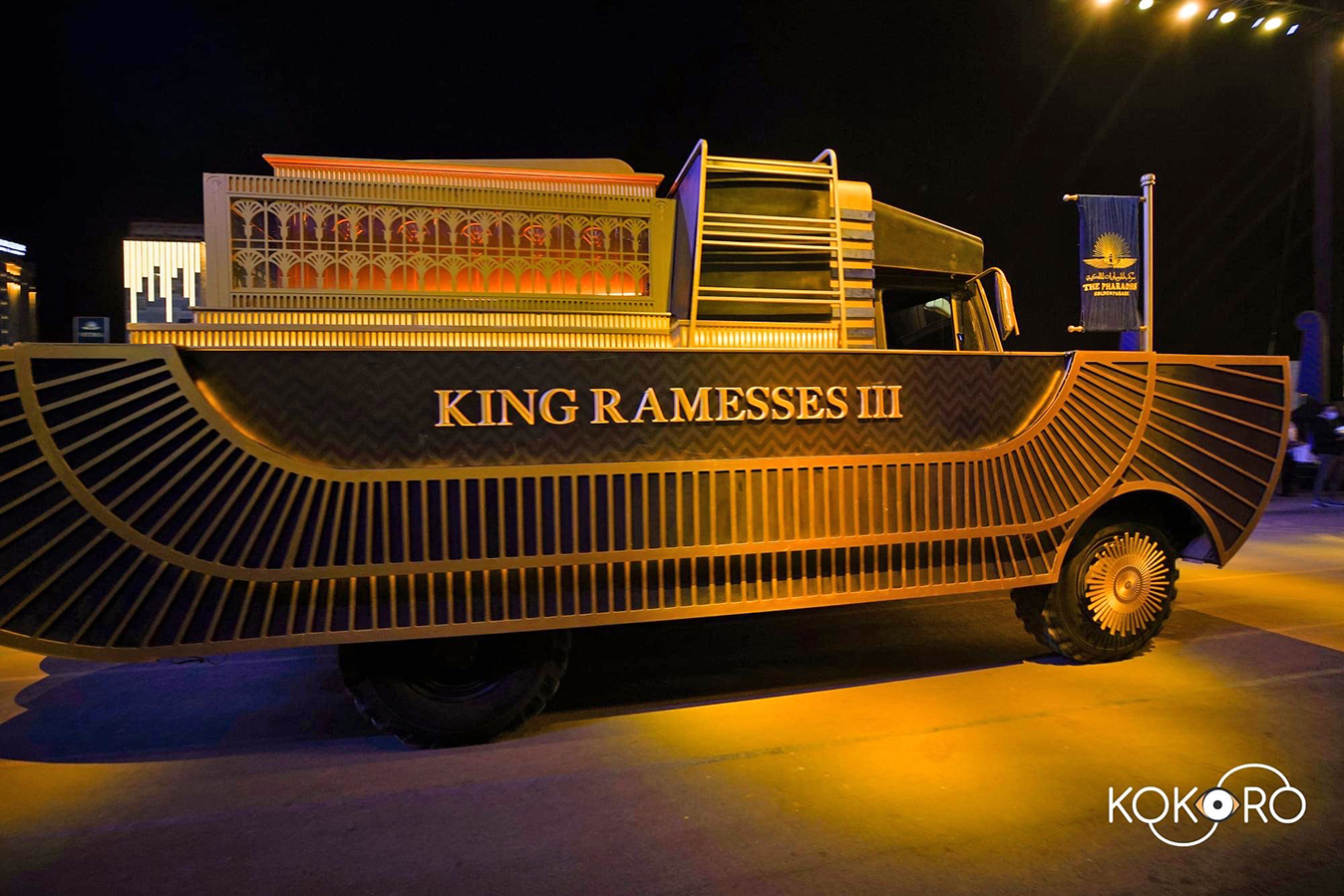
“So many details were involved that required tremendous efforts. We planned the time-distance required to move the parade, the overall design of the parade while moving, the decoration of the streets that will see the parade, the design of the locations, the accompanying parades across different governorates, the locations that witnessed the different presentations given by the celebrities, the gates, the horses, the military vehicles...etc.,” he added.
Highly acclaimed by audiences throughout the world, the event far exceeded Attia’s expectations in terms of feedback. He was impressed by the positive feedback given by the people, including his pickiest friends. “I always get anxious about feedback. I was afraid of the negative comments that I might receive. But what I received was completely the opposite. Everybody said that we made them so proud, even my pickiest friends who highly praised my work and the whole team’s efforts,” he said.
Attia’s work about the ancient Egyptians wasn’t his first venture. Actually, he did previous work about the life of Egyptian pharaohs in The Originals film, by the highly-acclaimed director Marwan Hamed. Moreover, Attia was part of the highest-grossing Egyptian film in the history of Egyptian cinema, The Blue Elephant, which was highly praised for its visual elements and included some scenes as well from historical eras.
Throughout his career, Attia worked on key Egyptian films by prominent directors, including Diamond Dust. He also worked with director Yousry Nasrallah in Baad El Mawkeaa (After The Battle) that landed its world premiere in the prestigious Cannes Film Festival, and Ehky Ya Scheherazade (2009). Additionally, Attia collaborated with director Tarek Alarian in several films, including Aswar al-Qamar (The Walls of the Moon), El-Khaliyyah (The Cell), and the film series Welad Rizk (Sons of Rizk) film series. He also created a world inspired by the 1970s in Afrah AlQoba, by director Mohamed Yassin.
In recognition of his extraordinary efforts, Attia earned several well-deserved awards for his works, including 5 Best Set Design Awards from the Annual Film Society Festival For Egyptian Cinema for his films; Baad El Mawkeaa (After The Battle), Aswar al-Qamar (The Walls of the Moon), Sons of Rizk, Ehky Ya Scheherazade, and The Blue Elephant, for which he also won Best Art Design from the Egyptian National Film Festival. He also won Best Art Director Award from the Egyptian Catholic Center For Cinema for his film The Originals, as well as other awards from Cairo Design Award, within the Production Design category; the Golden Award for Diamond Dust and Blue Elephant: Dark Whispers, and the Silver Award for Sons of Rizk 2 and Afrah AlQoba.
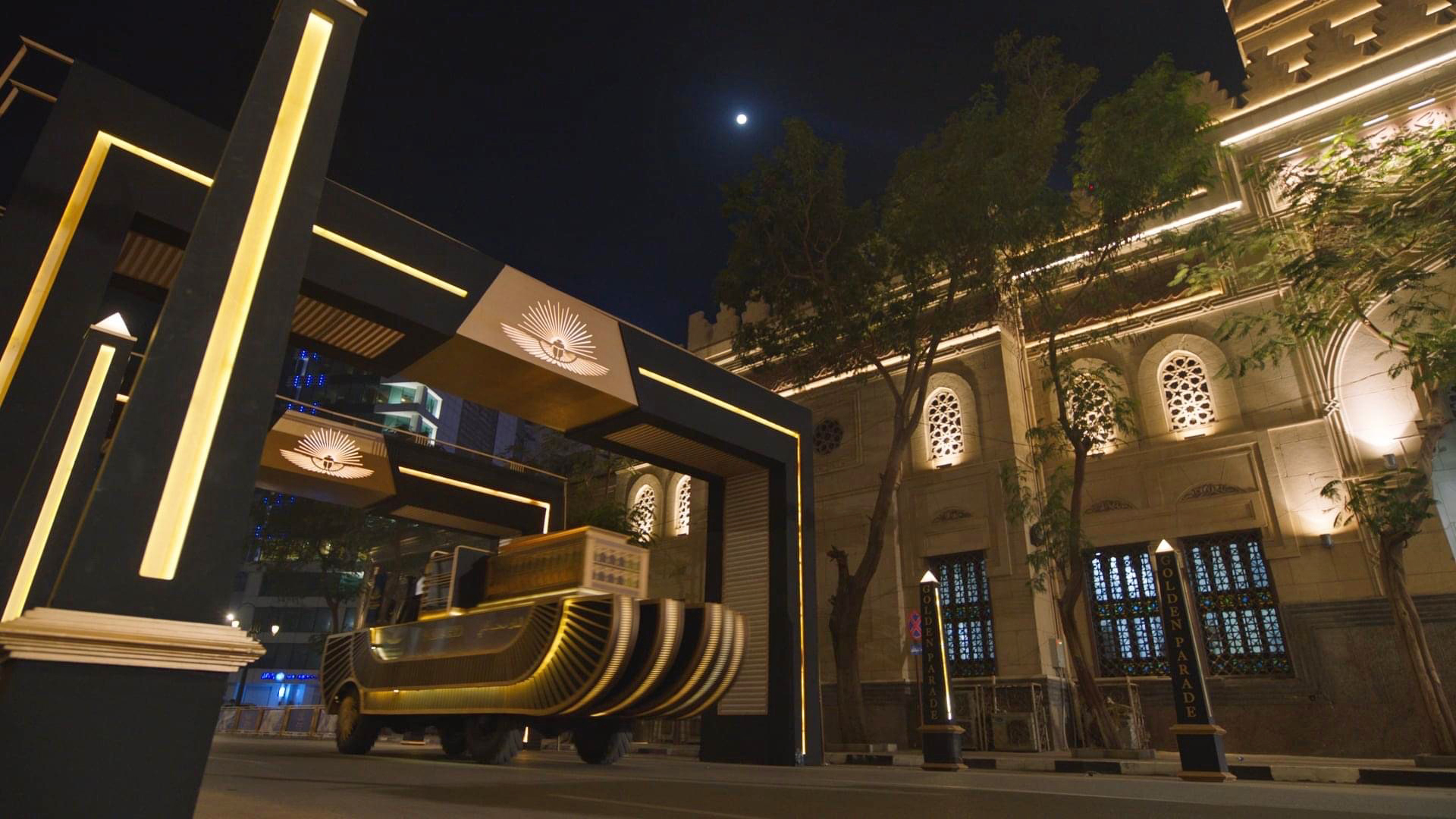
Besides his works in the cinema industry, Attia also enjoys an impressive repertoire of TV shows, in which he introduced the world of entertainment and sketches in Abla Fahita: Duplex and also Abla Fahita: Drama Queen Series that was released on Netflix to become the streaming giant’s second Egyptian original after the series Paranormal.
Attia has also been one of the key artistic directors behind various public events besides ‘The Pharaohs’ Golden Parade’, including the World Youth Forum in 2018 and 2019, the latest three consecutive editions of the Cairo International Film Festival and the third edition of the El Gouna Film Festival.
He has also entered the advertising and marketing field, collaborating with many local and international brands, including Pepsi, Coca-Cola, Vodafone, Etisalat, Orange, Telecom Egypt (WE), among others. Furthermore, he worked on a number of video clips, collaborating with key stars across the Arab world; Amr Diab, Assala Nasri, Angham, and Samira Said.
His most recent works include Al Aref: Awdat Younis, starring Ahmed Ezz and Coco Chanel play that marks Sherihan’s strong comeback after 20-year hiatus.
In addition to that, his upcoming works include the TV series Al Thamanya, which is written by Turki Al Alshikh’s and directed by Ahmed Medhat. It features a star-studded cast, including Asser Yassin, Ghada Adel and Khaled El Sawy.
